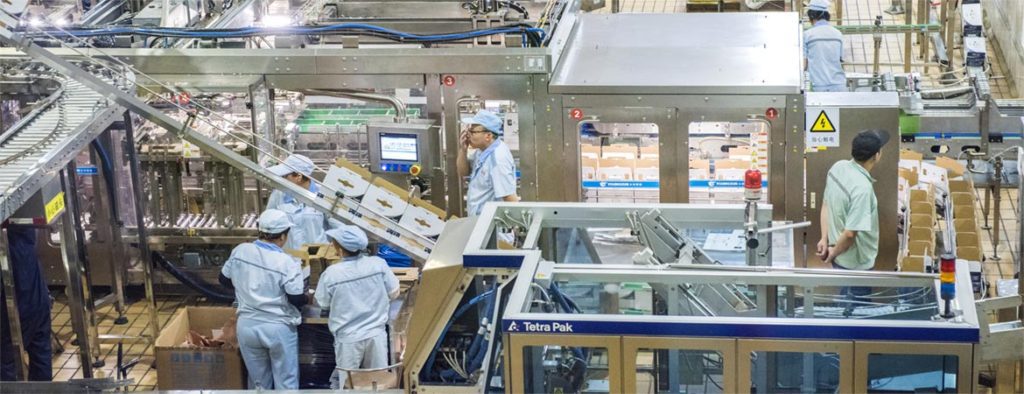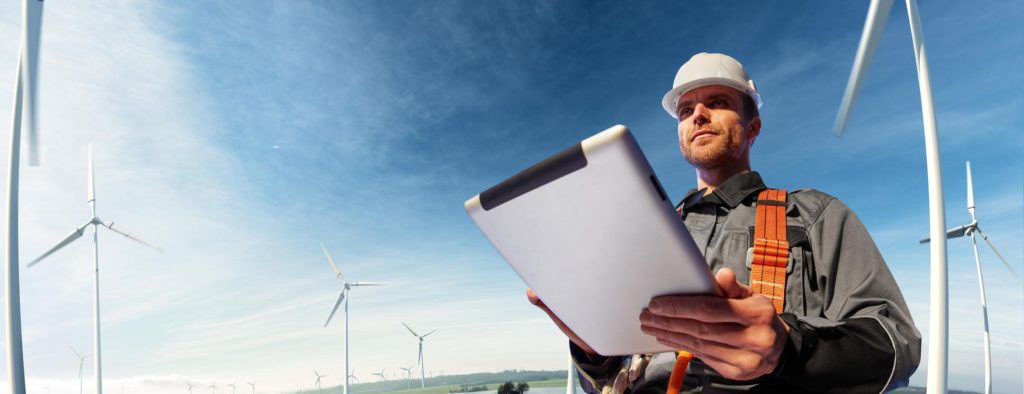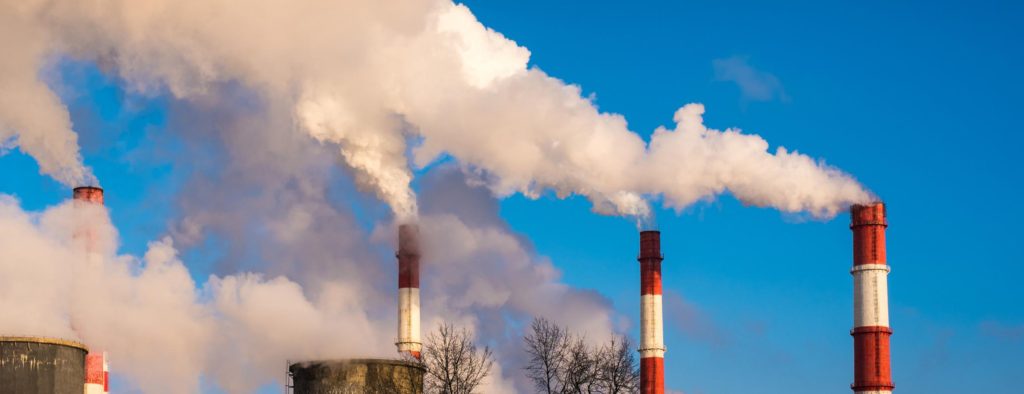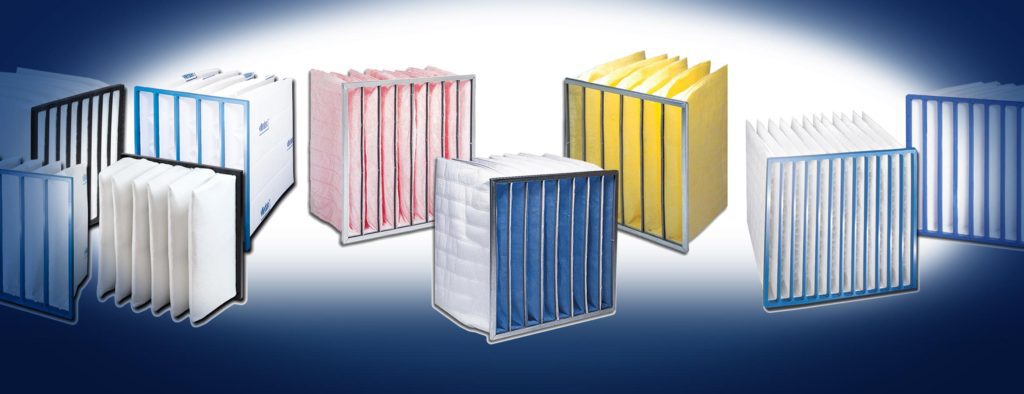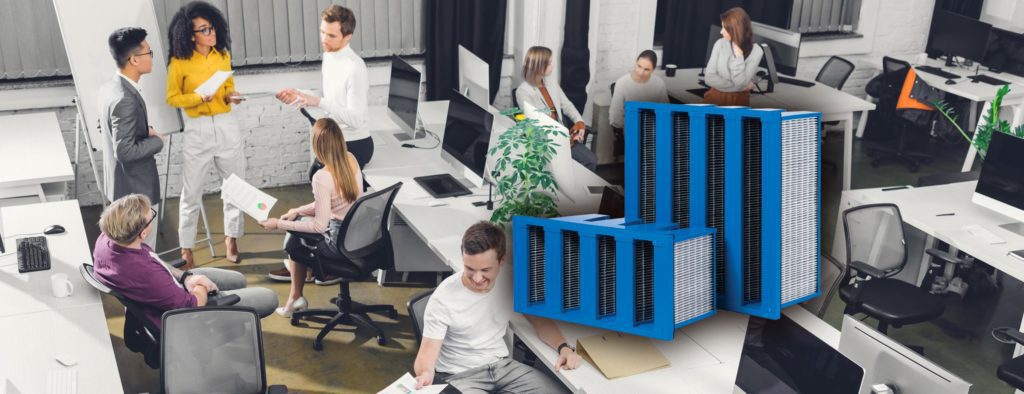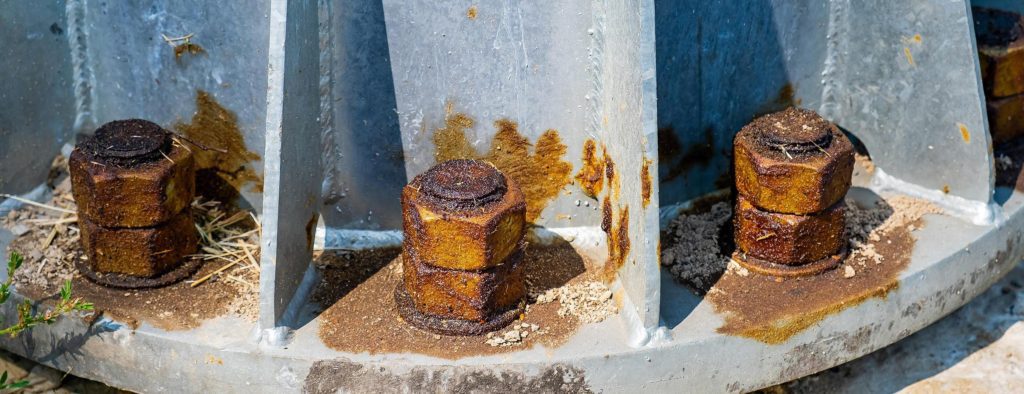Advantages of High Temperature Air Filtration
Advantages of High Temperature Air Filtration
You are probably familiar with air filters in a common workplace or industrial setting, but what about filters for specific industries that have uncommon needs? Many professional industries require special filters that can handle a range of temperatures to keep their business running at maximum efficiency. That’s where the advantages of high temperature air filtration comes in.
One need that requires a special type of filter is for those industries that deal in very warm environments where elevated temperatures are a regular occurrence. It takes a special type of filter to withstand extreme temperatures and still be able to filter out particulate matter from the air stream.
What are High Temperature Filters?
The filter media used in high temp filters can be distinguished by structure, composition and operational behavior. Initially developed for electric power generation, this technology is now receiving considerable attention from process industries. With the introduction of reliable, high temp filtration, there has been increasing interest in this type of industrial air filtration across several industries.
In general, high temp filtration is defined as filtration above an operational temperature of 260°C(500°F), where the use of conventional filter media is no longer possible. High temperature filtration from industrial processes offers various advantages in terms of increasing process efficiency, heat recovery, and protection of plant installations. Extremely interesting and demanding applications are found in the process industry that require filtration solutions for heated environments.
In a high temp air filtration system, the air is cooled through a tube section over a common hopper, reducing the filter temperature to 350° F and taking the air volume from 34,000 to 20,000 Actual Cubic Feet per Minute (ACFM). The filter collector is relatively small, and the system overall is smaller than dilution air into a large filter. The air-to-air heat exchange can be in front of any high temp application to reduce the size of the filter. This results in reduced maintenance costs, which is a huge plus to almost any industrial business.
Who Uses High Temperature Air Filtration?
High temperature industrial filters are mainly used in the automotive, food and beverage, and pharmaceutical industries. Industrial kitchens or food processing plants often reach very excessive temperatures during their workflow. Because of this, they require strong filters to prevent biochemical waste from transferring through the air-stream.
The pharmaceutical industry makes use of what are called “depyrogenation ovens” in order to create completely sterile vials for medical products which require very high heats to achieve. The automotive industry has countless processes during the manufacturing workflow that require high heat filtration solutions.
Advantages of Dust Collection With High Temperature Air Filtration
There are several advantages to collecting dust and particulate matter at higher temperatures. First and foremost, there is an increased overall efficiency due to the lack of need for repeated heating. Collecting at higher temperatures allows for the recovery of thermal energy of the exhaust gas and protects your downstream installations, such as heat exchangers or catalytic converters.
Higher temperature collection helps avoid condensation build up and separates combustible dust and gaseous components (through absorption and other catalytic processes). Overall, it is a simply a better integration of filtration for the entire process.
Choosing the Right Industrial Filters for Your Business
Design and engineering of high temperature filters depend upon dust characteristics and the dust’s interaction with the filter media. As these effects are difficult to predict, testing to assess dust qualities and filtration behavior are essential. The first step in testing is to determine the most appropriate filter media for the specific application. Often, these media filters are so effective that traditional methods of measurement cannot be used for determining clean gas concentration. A prerequisite for the proper operation of a high temperature filtration system is reliable regeneration or cleaning of the filter elements.
Look No Further than the EFS High Temp Filter
When it is time to purchase your next commercial filter, look no further than Engineered Filtration Systems products. These industrial filters are specially designed to protect processes at high temperatures and stand up to even the most demanding of conditions. They universally meet the strictest requirements and maintain their integrity over the life of the product. They are rated very highly for their performance values under extreme temperatures. Manufactured of specially selected components, EFS air filters that can handle elevated temperatures. These filters are ideal for applications requiring high efficiency filtration in demanding environments.
EFS high temperature filters are designed for applications up to 700°F and are offered in two efficiency ranges. These ranges are MERV 11 (65%) and MERV 14 (95%) per ASHRAE Standard 52.2. An EFS high temp filter is built with an aluminum frame that is designed to inhibit the break-down of corrosion inhibitors at elevated temperatures. The sealing material used on the industrial air filter is self-extinguishing. It is also sturdy enough to repel corrosion inhibitors at the highest of temperatures.
EFS High Temperature Air Filtration
The EFS high temp air filter offers premium protection during heated operation across all industries. It provides significant reduction in heating and cooling times, thereby reducing the total cycle times of batch processes. Thus, increasing production in general and reducing overall costs. These EFS commercial air filters can withstand extreme temperatures. This makes them effective for facilities that routinely experience high heat on a constant basis.
The EFS air filters are composed of special components that resist extreme temperature changes. This makes them optimal for aggressive air filtration. The filter media is made of fiberglass. Fiberglass operates perfectly at any heat level and does not degrade under the hotness and pressure. The media pack is captured by faceguards upstream and downstream. Thus, maintaining rigidity and integrity of EFS commercial filters.
The high filtration efficiencies of more than 99.9% with clean gas concentrations significantly below 5 mg/m3 can be achieved. Adapting commercial air filtration conditions to the dust features of your work environment. Existing dust collector installations can easily be retrofitted by a wide range of available filter element lengths and the employment of standard tube sheet fastenings. This makes EFS high temperature air filters the perfect solution for industrial business needs.

